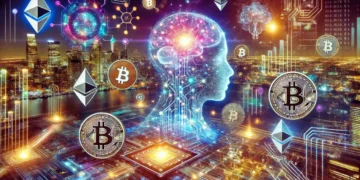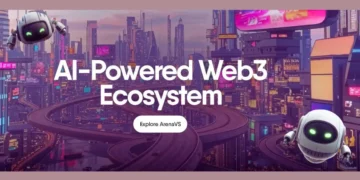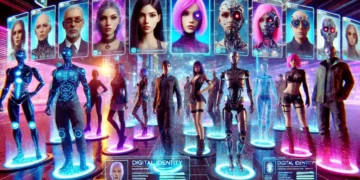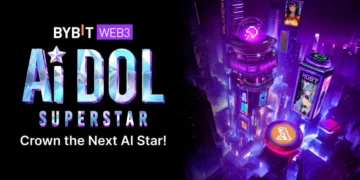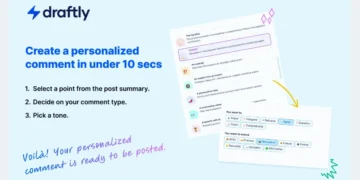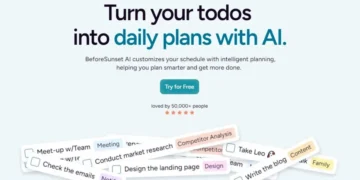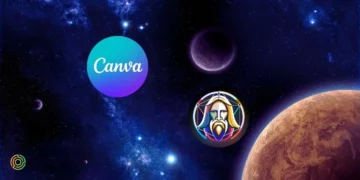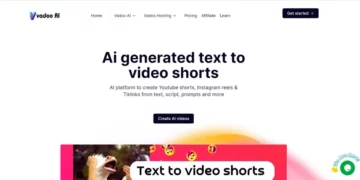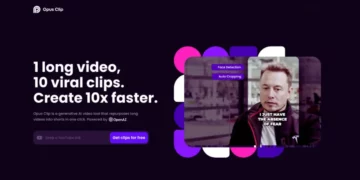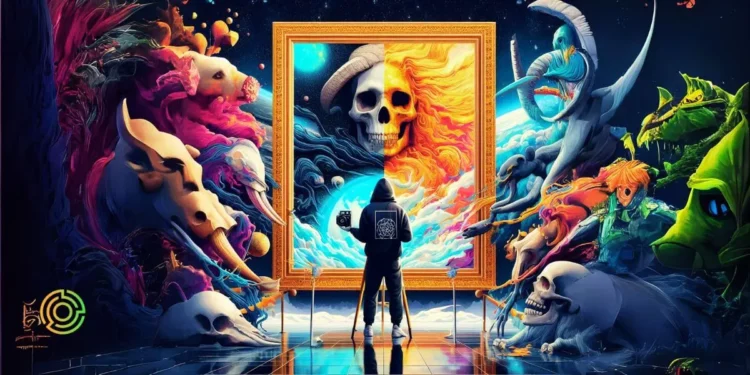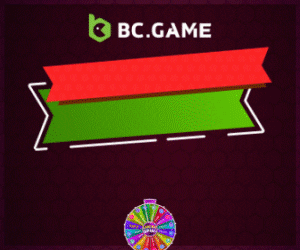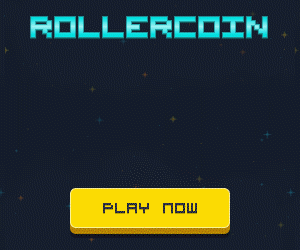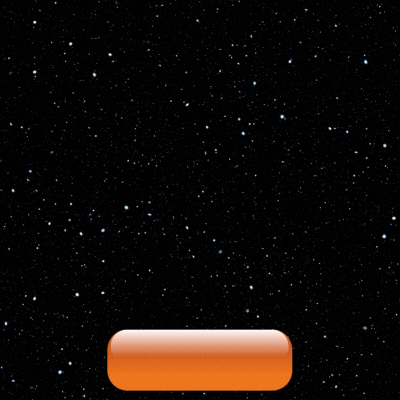In the dynamic realm where art and technology intersect, Non Fungible Tokens (NFTs) have emerged as unique entries in the Blockchain, transforming digital files into valuable pieces of art. This article delves into the significance of NFTs, their recent surge in popularity, and their profound impact on the art world.
Understanding NFTs
NFT stands for “Non Fungible Token,” signifying unique records within the Blockchain. These tokens convert digital files into one-of-a-kind pieces of art. Comparable to how Bitcoin is regarded in financial markets, NFTs have become a valuable asset, embraced enthusiastically by some and met with skepticism by others.
While NFTs have existed since 2012, their recent surge in popularity is attributed to celebrity endorsements and exclusivity. For instance, Logan Paul, before his fight with Floyd Mayweather, offered followers the chance to win first edition Pokémon card packs by purchasing his NFT collector’s card.
The World of NFT Art
NFT art encompasses various digital formats, including videos, images, GIFs, songs, games, and even unconventional items like a roll of toilet paper. Anyone with computer access can create their NFT, hoping for success in the market.
Crucially, when someone buys an NFT artwork, they acquire not just the digital file but also a certificate of ownership and authenticity. This certificate, embedded with specific elements in its identification code and metadata, denotes the uniqueness and ownership continuity of the piece.
Why NFTs Are Popular
The popularity of NFTs skyrocketed notably after the sale of artist Mike Winkelmann’s (Beeple) piece “Everydays: The First 5000 Days” for a staggering $69.3 million. Several factors contribute to their popularity:
- Enthusiasm: Creators and sellers passionately promote NFTs due to the economic benefits associated with their sales.
- Status Symbol: Similar to physical art, possessing NFTs can signify a high social status for many.
- Entry into Finance: NFTs offer a fun and intriguing gateway into the world of finances.
Notably, Beeple is not the only beneficiary of NFTs. CryptoPunks, a collection of 10,000 eccentric 24×24 pixel characters, and musician Grimes, who earned around $6 million from selling digital artworks and videos, also gained significant financial traction.
🖼️ [TOP 5] Most Expensive NFT Sales Ever 💸
1⃣ Everydays: The First 5000 Days – $69.3M
2⃣ Clock – $52.7M
3⃣ HUMAN ONE – $28.9M
4⃣ CryptoPunk #5822 – $23.7M
5⃣ CryptoPunk #7523 – $11.75MAll made during the Feb 2021-Feb 2022 NFT boom. Will we see such staggering sales again? 🤔… pic.twitter.com/gs2VAi6bc4
— . (@LugassyJ) January 6, 2024
Significance for Creators
Entering the avant-garde realm of NFTs as an artist holds immense relevance, primarily due to the vibrant community formed around this collective. Beyond the potential financial gains from artworks, the relationships established with fellow artists in the community are invaluable.
From the moment artists step into the NFT world, active participation in social networks becomes crucial. Connecting and collaborating with like-minded artists seeking their place in the industry is integral.
Moreover, creating NFTs allows artists to establish their independent economy, free from intermediaries. This opens the door to the experience of creating and showcasing art internationally, building a personal brand around unique certificates that add value to projects.
Buying and Selling NFTs
Navigating NFT markets mirrors the workings of an auction house. Placing bids and waiting to secure the desired NFT is the norm. It’s essential to note that each market has its specific requirements.
Selling NFTs involves two avenues: selling a previously acquired NFT and creating and selling one. Both processes incur associated fees, emphasizing the financial considerations in the NFT landscape.
If you’re looking to delve into the fascinating world of NFTs and explore opportunities as a creator, understanding the intricacies of buying and selling in NFT markets is crucial.
Conclusion
In conclusion, the fusion of art and NFTs has ushered in a new era for creators, offering unprecedented opportunities and challenges. Non Fungible Tokens have evolved from obscure Blockchain records to coveted certificates of ownership and authenticity, transforming digital files into unique pieces of art. The recent surge in NFT popularity, fueled by celebrity endorsements and exclusivity, has created a vibrant ecosystem that mirrors the enthusiasm seen in financial markets.
For creators, especially artists, venturing into the NFT space is not just a financial opportunity but a chance to engage with a supportive community. The ability to establish an independent economy, free from traditional intermediaries, empowers artists to showcase their work globally and build a personal brand around the uniqueness of their projects.
As NFTs continue to captivate the art world and beyond, the importance of active participation in social networks, collaboration with fellow artists, and understanding the dynamics of NFT markets cannot be overstated. The intersection of creativity and technology is reshaping the landscape for both established and emerging artists, providing a dynamic platform for self-expression and financial success.
FAQs
Q1: What does NFT stand for?
A1: NFT stands for “Non Fungible Token,” representing unique records within the Blockchain that convert digital files into one-of-a-kind pieces of art.
Q2: How does NFT art work?
A2: NFT art can take various digital forms, including videos, images, GIFs, music, games, and more. When someone purchases NFT art, they acquire a certificate of ownership and authenticity embedded with specific elements denoting its uniqueness.
Q3: Why are NFTs so popular?
A3: The popularity of NFTs is fueled by the enthusiasm of creators and sellers, the status symbol associated with owning NFTs, and the allure of NFTs as a unique entry into the world of finance.
Q4: How can artists benefit from NFTs?
A4: Artists can benefit from NFTs by establishing an independent economy, connecting with a vibrant community, and showcasing their work globally. NFTs provide artists with a platform to build a personal brand and add significant value to their projects.
Q5: How do you buy and sell NFTs?
A5: Most NFT markets operate similarly to auction houses. Buyers place bids, and the highest bidder wins the NFT. Sellers can either sell previously acquired NFTs or create and sell their own, with associated fees for both processes.
Explore the exciting world of NFTs, connect with fellow creators, and embark on a journey where art meets innovation.
Follow us on our social networks and keep up to date with everything that happens in the Metaverse!
Twitter Linkedin Facebook Telegram Instagram Google News Amazon Store
Recent Posts
- AI and Autonomous Vehicles: The Road to Self-Driving Cars
- Best Crypto Exchanges with lowest fees in 2025
- How to accept Bitcoin Payments and other Cryptocurrency as a Business
- Metaverse Fashion Week 2025: Global Designers Challenge Borders, Identity, and the Limits of Physical Fashion
- Elon Musk’s AI platform — Presentation of New AI Assistant from ArbitrageScanner. Traders review


